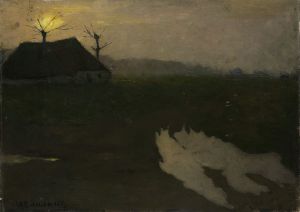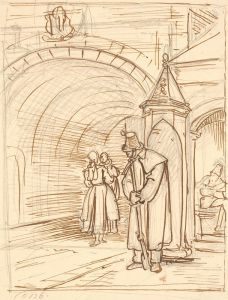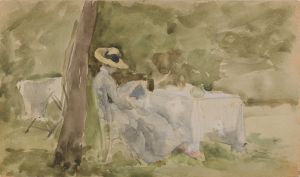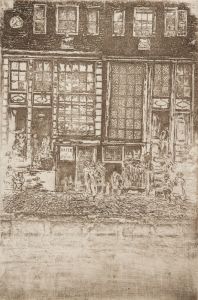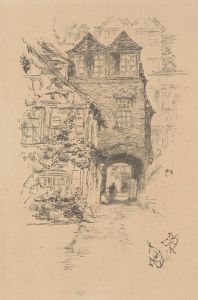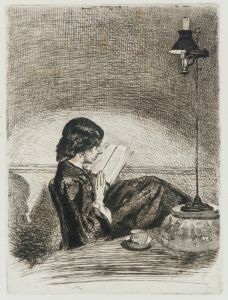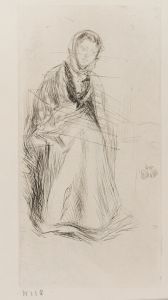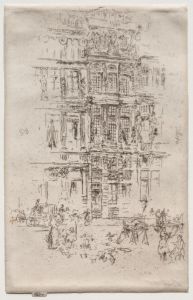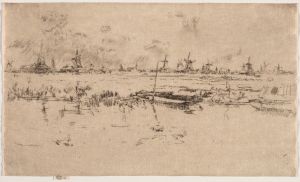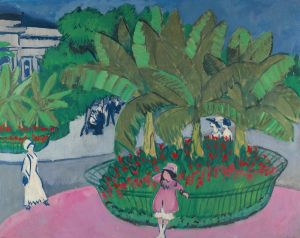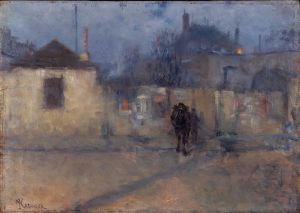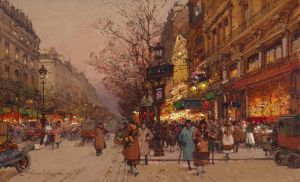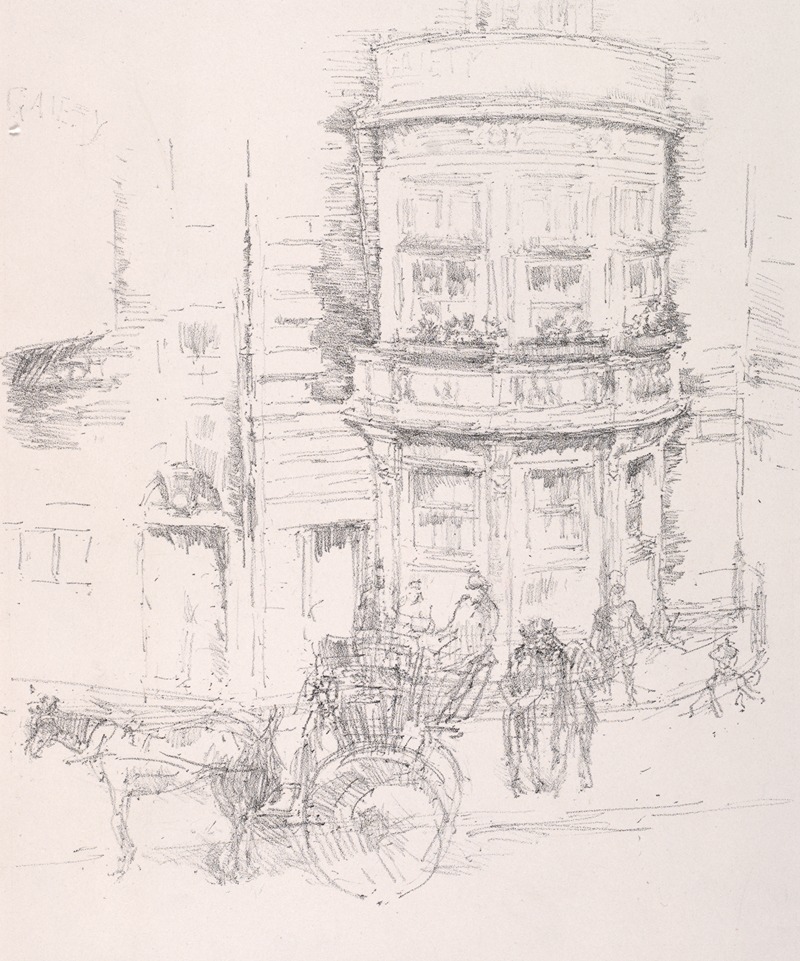
Back of The Gaiety Theatre
A hand-painted replica of James Abbott McNeill Whistler’s masterpiece Back of The Gaiety Theatre, meticulously crafted by professional artists to capture the true essence of the original. Each piece is created with museum-quality canvas and rare mineral pigments, carefully painted by experienced artists with delicate brushstrokes and rich, layered colors to perfectly recreate the texture of the original artwork. Unlike machine-printed reproductions, this hand-painted version brings the painting to life, infused with the artist’s emotions and skill in every stroke. Whether for personal collection or home decoration, it instantly elevates the artistic atmosphere of any space.
James Abbott McNeill Whistler was an American artist known for his significant contributions to the art world during the late 19th century. He was a leading figure in the Aesthetic Movement, which emphasized the visual and sensual qualities of art and design over practical, moral, or narrative considerations. Whistler is best known for his paintings, etchings, and lithographs, and he often drew inspiration from his surroundings, including urban landscapes and architectural elements.
"Back of The Gaiety Theatre" is one of Whistler's works that reflects his interest in capturing the essence of urban life. The Gaiety Theatre, located in London, was a prominent venue during Whistler's time, known for its musical and theatrical performances. Whistler's depiction of the theatre's rear side is consistent with his fascination with the less glamorous aspects of city life, often finding beauty in the mundane or overlooked parts of the urban environment.
Whistler's technique in this painting, as in many of his works, is characterized by his use of color and composition to create mood and atmosphere. He often employed a limited palette, focusing on subtle tonal variations to convey depth and emotion. This approach is evident in "Back of The Gaiety Theatre," where Whistler likely used a restrained color scheme to highlight the architectural features and the interplay of light and shadow.
The painting is also indicative of Whistler's interest in the interplay between art and music, a theme he explored throughout his career. He often titled his works using musical terms, such as "nocturne" or "symphony," to suggest a harmony between visual art and music. While specific details about "Back of The Gaiety Theatre" are limited, it is reasonable to infer that Whistler's artistic philosophy and techniques are present in this work.
Whistler's influence extended beyond his paintings. He was a key figure in the art world, known for his strong opinions and his role in various art movements. His famous legal battle with art critic John Ruskin, known as the "Whistler v. Ruskin" trial, highlighted the tensions between traditional art criticism and emerging modernist perspectives. This trial, although not directly related to "Back of The Gaiety Theatre," underscores the environment in which Whistler created his art.
In summary, "Back of The Gaiety Theatre" by James Abbott McNeill Whistler exemplifies the artist's ability to find beauty in urban settings and his skill in using color and composition to evoke mood. While specific details about this particular painting are scarce, it fits within the broader context of Whistler's work and his contributions to the Aesthetic Movement. His legacy continues to be celebrated for its impact on both the art world and the perception of art as an autonomous and expressive medium.





